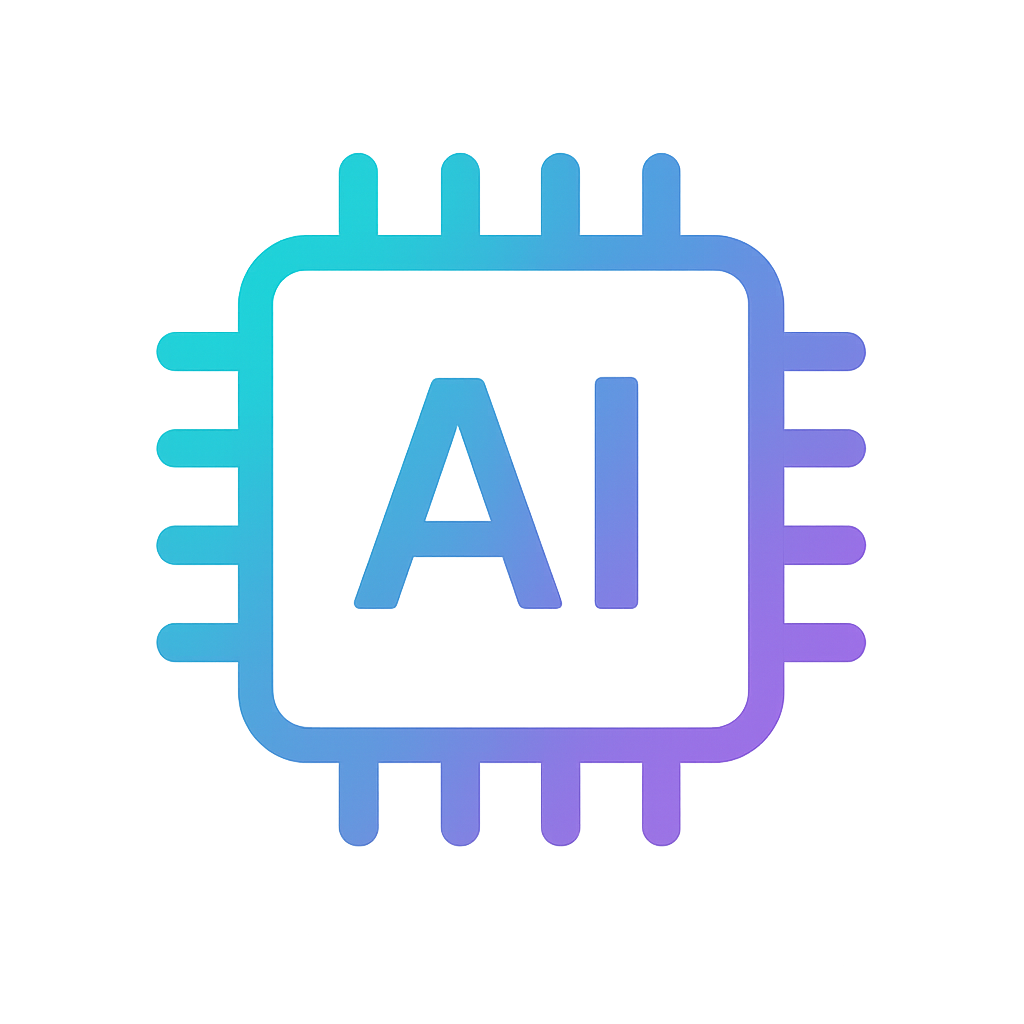3D anatomical models available for download and 3D printing from Threeding.com for medical training and research
You may remember 3D scanning enthusiasts from Bulgaria, Threeding, who created an online database of 3D models that can be downloaded for free, bought or printed out using the company’s printing service. Recently we wrote about how Threeding was digitizing artifacts from Bulgaria’s National Museum of Military History. Now the online database, which mostly consists of 3D models of art and design pieces, has been expanded with a set of human anatomical models with a view to helping out doctors, medical students and anyone interested in the human body.

“We are excited to use Threeding’s new models,” says Isaac Cohen, an anatomy expert. “Previously, we were ordering expensive models from large anatomy model suppliers but now we can use the 3D printer we have at our lab. That will save us research budget which we can use for other purposes.”
So far Threeding’s gallery of fully textured anatomical models features 37 body parts, including a scapula, hand and foot bones, a pelvis, a backbone, a sacrum and parts of the brain, all created with Artec 3D scanners. Each one is available for printing in 6 materials and more than 40 colors, and more models are expected to be uploaded to the gallery over the next weeks.








